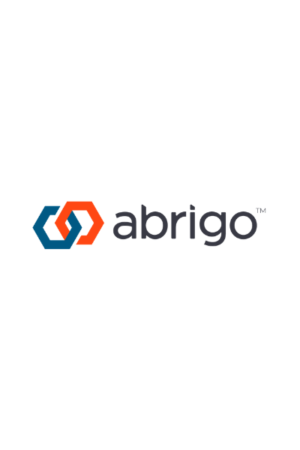In 2015, Abrigo held a focus group of more than 100 bankers to understand their goals and challenges. A recurring theme within loan origination was time-wasted with data entry – reading tax returns and typing the data into spreads. That wasted time meant lenders were spending less time trying to grow the portfolio and fostering relationships with prospective borrowers. These high-value activities were supplanted by low-value administrative activities.
The focus groups also underscored that manual entry created a risk of error and inconsistency, which causes problems during origination, loan review, and examinations. Examiners want consistency, and that’s difficult to guarantee when you have several analysts entering data in their own unique ways during origination and reviews.
The Electronic Tax Return Reader speeds loan origination
Electronic Tax Return Reader (ETRR) was created to solve these problems, saving time and improving data quality for banks. ETRR is an important component of the efficiency that a loan origination system can provide.
ETRR is a Sageworks patented technology powered by Abrigo that imports tax returns produced from a tax package and extracts the financial data using X-Y coordinates. This means that, in just a few minutes, lenders can have business, financial and real estate data ready for analysis. The technology can save lenders or analysts on average 30 minutes per return – cutting significant time for origination's tight turnarounds. The new technology makes the data accessible in any desired output, such as spreads within Sageworks Credit Analysis, in-house spreadsheets, XML data feeds, financial statements, etc.
ETRR equips bankers to upload multiple years of information at one time for individuals and businesses, so information is uniform and consistently analyzed year to year. One of the most significant features of ETRR is its ability to pull address information from the Schedule E, Part 1 from returns, which is critical for making collateral dependent loans but can often be a huge drain on time.
The technology also pulls shareholder information from a 1065 and 1120s to create a 1040 with that shareholder’s information, saving time and increasing consistency in how those relationships are analyzed at origination.
The Electronic Tax Return Reader's accuracy
Bankers may be familiar with Optical Character Recognition (OCR), which reads a scanned document and attempts to interpret the information. Abrigo's patented technology is different from OCR because of the accuracy it provides. OCR can read any tax return, even those that are scanned, but with significantly less precision. This results in a lot of data validation for the analysts.






